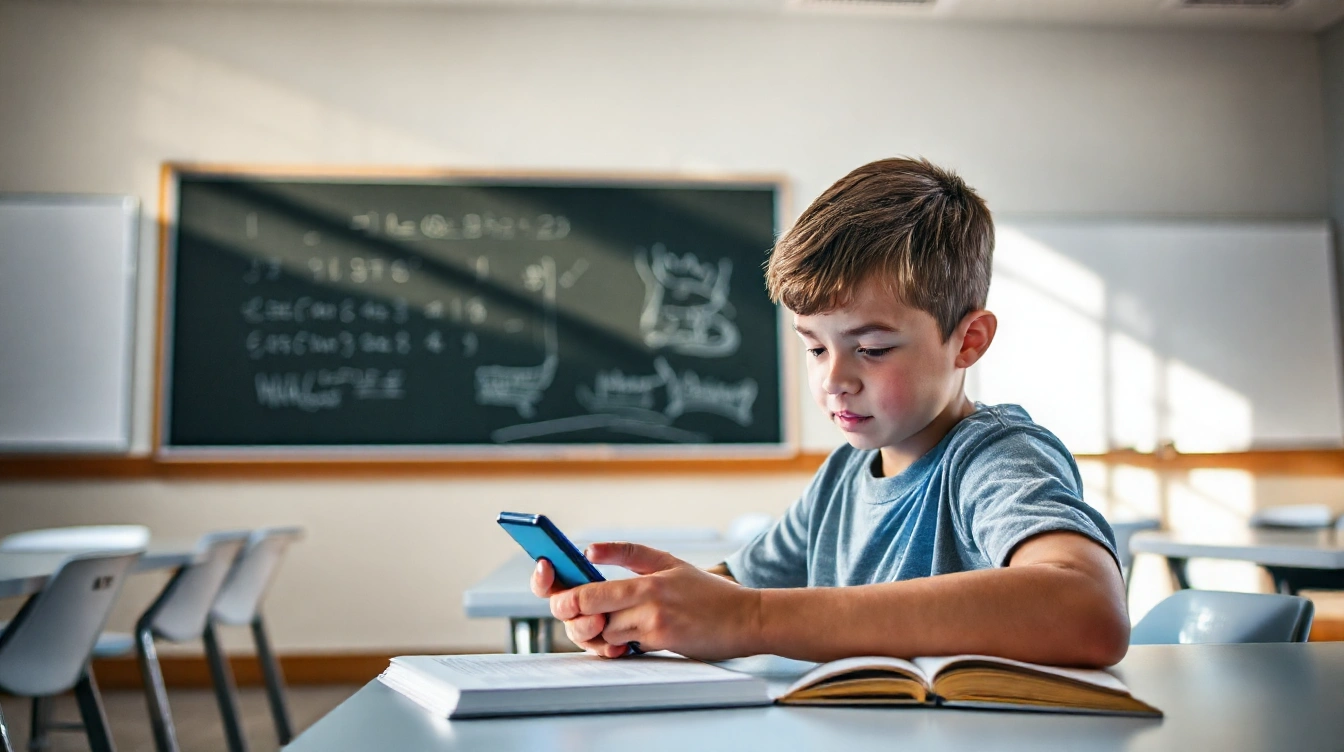Smartphone Technology and Its Current Role in UK Education
Smartphone use in UK schools has become nearly ubiquitous across all education levels, from primary to higher education. Recent data highlights that a vast majority of students and educators routinely use mobile technology in education to support learning. For instance, in secondary schools, over 85% of students reported using smartphones as part of their study routines, while many primary schools have integrated tablets and smartphones to enhance interactive learning.
Digital learning trends in the UK emphasize leveraging these devices to deliver flexible and engaging educational experiences. Mobile technology in education allows access to a wide array of resources—interactive apps, educational videos, and real-time collaboration tools—which support both in-class activities and homework assignments. Numerous digital learning initiatives have been launched to encourage this integration, aiming to improve literacy, numeracy, and digital skills essential for the modern world.
Also to discover : What Role Do Smartphones Play in Enhancing Digital Literacy?
Educators are increasingly using smartphones to facilitate assessment and feedback, making learning more personalized and immediate. This widespread reliance on smartphones demonstrates their role as vital tools in UK education, reshaping how knowledge is shared and absorbed in classrooms. As these digital learning trends continue, understanding and optimizing smartphone use in UK schools remains crucial for effective education delivery.
Positive Impacts and Educational Benefits
Smartphones have introduced significant advantages in education by improving student engagement, collaboration, and accessibility. With mobile learning benefits, students can access educational content anytime, anywhere, making learning more flexible and inclusive. This accessibility allows learners with diverse needs to participate more fully, bridging gaps that traditional classrooms may present.
Topic to read : What Are the Latest Advances in Smartphone Technology?
Technology-enhanced learning through smartphones fosters digital literacy, a crucial skill for the modern world. Students interact with various apps and platforms, developing competencies beyond just subject knowledge. Additionally, smartphones support personalised learning opportunities by enabling tailored educational experiences. For example, adaptive learning apps adjust difficulty levels based on individual progress, encouraging effective mastery.
Successful integration of smartphones in classrooms worldwide illustrates their potential. Schools using mobile devices report heightened collaboration among students, using messaging and digital project tools to work together seamlessly. This collaboration nurtures communication skills vital for future careers. Furthermore, educators can quickly share resources and conduct assessments digitally, streamlining the teaching process.
These educational benefits demonstrate that smartphones, when used responsibly, can transform learning environments by making education more engaging, accessible, and personalised for today’s students.
Challenges and Drawbacks of Smartphone Use
Smartphones in education come with notable negative effects that educators and policymakers must address. A primary concern is digital distraction. Students often use devices for non-educational purposes, diverting attention away from lessons. This constant interruption can hinder learning and reduce academic performance.
Cyberbullying is another pressing issue linked to smartphone use. The accessibility of social media and messaging platforms can lead to harassment beyond school hours. Such experiences adversely impact students’ mental health and well-being, complicating the educational environment.
Data privacy also presents challenges. Schools struggle to protect sensitive student information amid increased device use. Ensuring compliance with privacy laws and safeguarding against data breaches remains difficult.
Moreover, smartphones risk widening the digital divide. Not all students have equal access to high-quality devices or internet connectivity. This inequality can exacerbate academic disparities, undermining efforts to create equitable learning opportunities.
Academic studies critique these negative outcomes, emphasizing the need for balanced technology policies in schools. Such policies should minimize distractions, protect students online, and promote inclusive access. Thoughtful implementation is essential for leveraging smartphones while mitigating their challenges.
Policies and Guidelines on Smartphone Use in UK Schools
Understanding the framework shaping mobile device rules in education
The government guidelines on smartphone use in UK schools focus on balancing educational benefits with minimizing distractions. National policies emphasize that schools should have clear school smartphone policies UK, tailored to their specific environment and student needs. These policies often outline acceptable usage times, such as allowing devices during breaks but restricting them during lessons unless used for educational purposes.
Regulation varies significantly across different school types. For example, some secondary schools enforce complete bans on mobile phones to reduce disruption, while others adopt more flexible approaches integrating technology into learning. Primary schools typically have stricter restrictions due to younger age groups.
Recently, there has been a trend towards fine-tuning these rules rather than outright bans, reflecting the growing importance of digital literacy. Some schools implement phased approaches, combining technology regulation in education with guidance on responsible use.
Local authorities also provide frameworks to support schools in developing suitable policies, ensuring consistency but allowing flexibility. This evolving landscape shows a clear priority: crafting prudent smartphone policies that enhance learning while addressing the challenges of mobile device distractions.
Integration Strategies and Practical Examples
Incorporating smartphone learning tools into classrooms requires thoughtful classroom integration strategies that support both teaching and learning objectives. Teachers often lead this transition by selecting apps that align with curriculum goals. For example, educators might integrate quiz apps to reinforce lesson content, facilitating formative assessment in real time. These tools encourage interactive learning and allow immediate feedback, enhancing engagement.
Several case studies in UK education showcase the successful adoption of smartphones within various settings. One notable example is a secondary school where educators implemented language learning apps during lessons, resulting in improved student pronunciation and vocabulary acquisition. Similarly, universities have introduced smartphone platforms that support peer collaboration and access to lecture materials on demand.
Educational apps bring flexibility and accessibility, supporting diverse learning styles. To maximize benefits, teachers design lessons that balance traditional instruction with app-based activities. Such classroom integration strategies ensure technology complements pedagogy rather than distracting from it.
Understanding how smartphones function as educational tools opens possibilities for dynamic, student-centered teaching. By reviewing real-world applications and expert recommendations, educators can tailor smartphone use to enhance learning outcomes effectively.
Expert Opinions and Future Outlook
Education technology experts UK consistently emphasize mobile learning as a transformative force in the classroom. Leaders and researchers point to smartphone technology evolving beyond simple device use, integrating artificial intelligence and adaptive learning systems to personalize education. These innovations are expected to enhance engagement by making content more accessible and interactive.
Trends in UK education underscore a shift towards hybrid models, blending traditional methods with mobile platforms. Experts agree that mobile learning will foster greater inclusivity, especially for students outside conventional classrooms. However, debates continue regarding screen time limits and digital equity, prompting policymakers to advocate for balanced strategies that maximize educational benefits while addressing potential downsides.
Looking ahead, the future of mobile learning promises interoperability across devices, allowing seamless transitions between home and school environments. There is also growing interest in ethical data usage and safeguarding student privacy in app development. By incorporating expert insights, schools can navigate these challenges effectively, ensuring mobile learning remains a practical and empowering tool for all learners.








